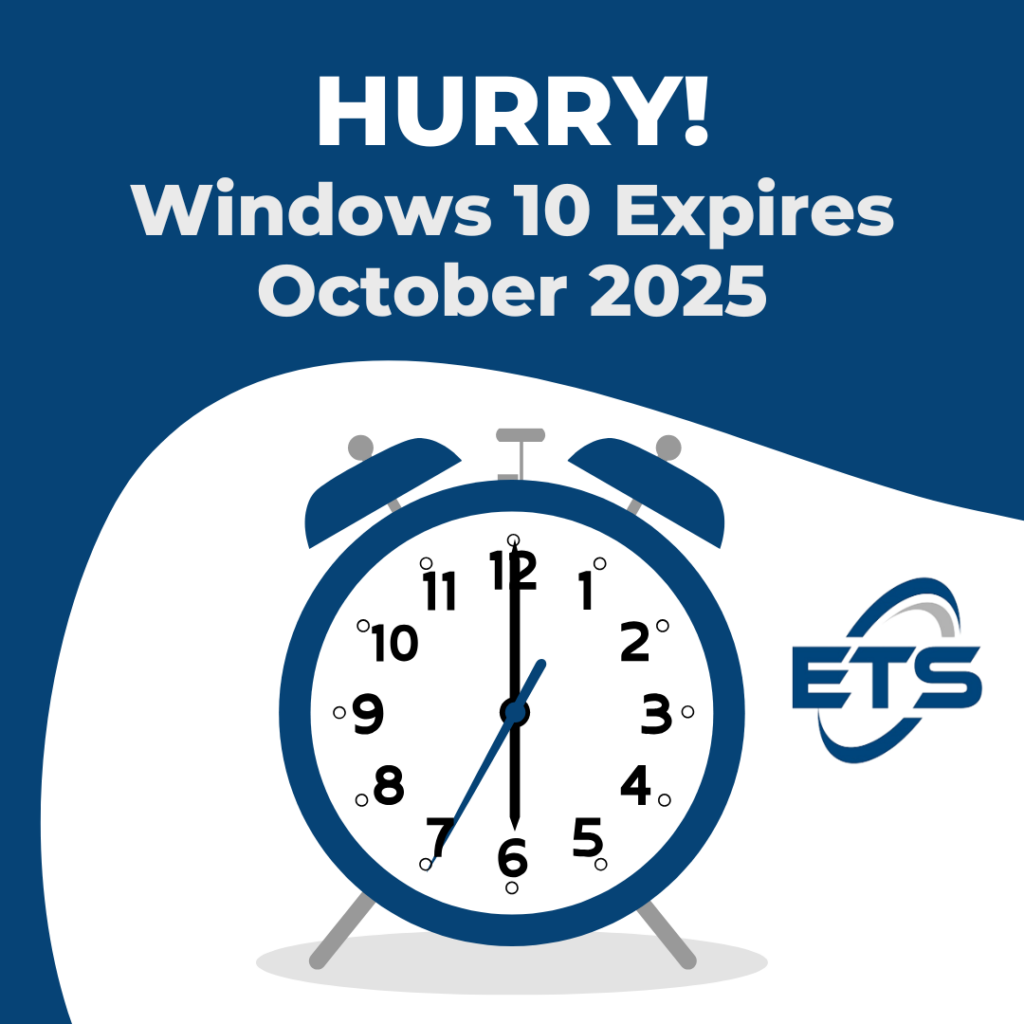Should You Upgrade or Replace Your Devices? A Guide for Windows 10 Users
With the end of life for Windows 10 fast approaching—support officially ends in October 2025—many businesses and individuals are facing a big decision. Should you upgrade your existing devices to Windows 11, or is it time to replace them altogether? This is a crucial question for anyone still relying on Windows 10. Making the right choice depends on several factors including your device’s compatibility, age, performance, and your overall business goals.
Here’s a guide to help you make the right decision, with some insights that tie into our IT Support services to ensure your business stays secure and efficient during this transition.
Step 1: Check Compatibility
Before making any decisions, you need to assess whether your current hardware is compatible with Windows 11. Microsoft has introduced stricter system requirements for this next-generation operating system to ensure that it runs smoothly, securely, and efficiently.
Key requirements for Windows 11 include:
How to Check Compatibility:
Outcome:
If your system fails the compatibility test, you’ll need to either upgrade your hardware or replace the device entirely. This is especially important because running outdated or incompatible software can cause performance issues and expose your business to security risks.
Step 2: Evaluate the Age of Your Devices
How old is your current hardware? Devices older than 5 years tend to be slower, inefficient, and more prone to failure. Additionally, they may not support Windows 11’s system requirements.
Reasons to Replace Older Devices:
If your hardware is aging and struggles to run modern applications, it’s time to consider replacing it rather than upgrading.
Step 3: Assess Your Performance Needs
Does your current hardware meet your day-to-day needs? Evaluate how well your devices are handling tasks, especially during peak business hours. Consider the following questions:
When to Upgrade:
If your devices are still performing well and meet the minimum system requirements, upgrading to Windows 11 can be the most cost-effective solution, especially if they have been working fine for basic business tasks.
When to Replace:
If performance issues are significantly affecting productivity, replacing your devices will ultimately save you time and money. New devices will offer faster speeds, better reliability, and the latest security features, which will reduce downtime and improve your overall business operations.
Step 4: Weigh the Costs
Cost is always an important factor. Let’s look at the financial aspect of upgrading versus replacing.
Upgrading Existing Devices:
Replacing Devices:
When deciding, weigh the costs of continued maintenance for old hardware versus the potential efficiency and security benefits of replacing it.
Step 5: Consider Future-Proofing
Investing in newer devices means getting the latest technology, which offers significant benefits for your business’s future growth and success. Here are a few advantages to consider:
Pro Tip: Involve an IT Professional
Still unsure? Partnering with an IT provider can simplify the decision-making process. At Empowering Technology Solutions, we offer expert IT Support services and can:
Take the Next Step to Upgrade From Windows 10
Deciding whether to upgrade or replace your devices doesn’t have to be overwhelming. Start with a FREE Network Assessment to evaluate your systems and get personalized recommendations for a smooth transition to Windows 11.
Click here to schedule your FREE Network Assessment today!
Don’t wait until the October 2025 deadline—get ahead of the game and ensure your business is ready for what’s next!

